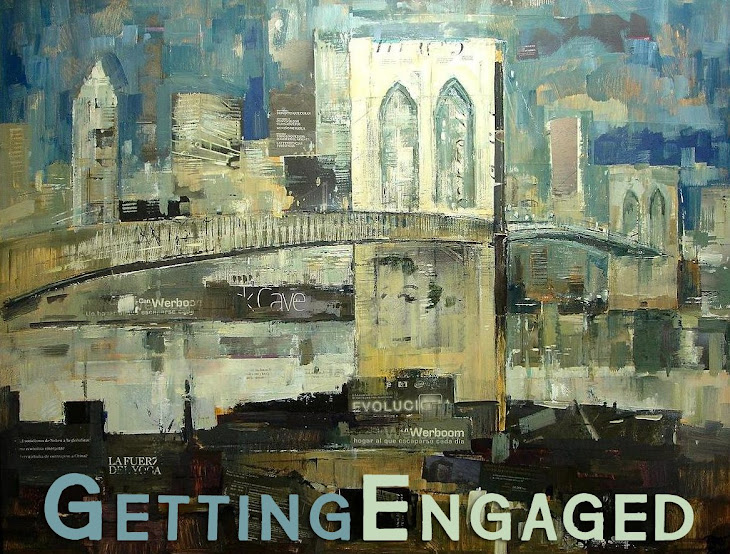A couple things stood out to me:
- The project emerges from the grassroots. It started when the people of the Park Hill community said they would like to see more activities for kids in the neighborhood.
- The kids talk about how the experience helped them defy negative perceptions of their neighborhood and of the people who live there. One of the girls reflecting on the project says, "Just because we live here doesn't mean we're all bad." I loved seeing how the kids came up with the idea of spelling out P-A-R-K-H-I-L-L in the fence. You get the sense that as they are working, a new vision for their community is taking root and growing. So, not only do they walk away feeling proud of who they are and what they've accomplished, but also of the place where they're from.
- It takes a whole host of community leaders and organizations--listening for the pulse of the neighborhood, paying attention to the voices of the people--to pull something like this off (notice all the sponsors in the opening credits)
What would it take for churches (our church?) to invest in projects like this?








